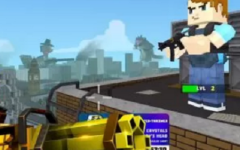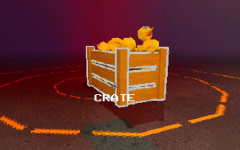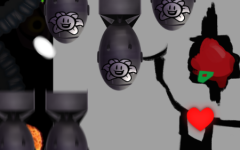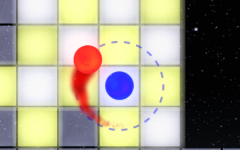Advertisement
Tekken 3
Advertisement
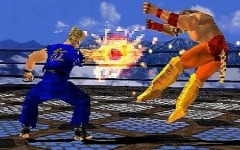
Tekken 3 introduced a noticeable shift in how players interacted with the game space. Unlike earlier titles, movement was no longer restricted to a flat plane. Players could now step into the foreground or background, allowing for greater control over positioning. This sidestep feature created new ways to dodge attacks and added more depth to defensive and offensive tactics. Attacks felt quicker, and the timing between moves was tighter, pushing players to react faster and plan their actions with more precision.
Character Variety and Control Depth
Every fighter in Tekken 3 came with a distinct set of techniques, but what made the gameplay stand out was how each moveset could be mastered at different skill levels. Some combos required fast inputs and frame awareness, while others relied on strategic spacing or pressure. Juggles became a larger part of the combat system, with the ability to keep opponents in the air for extended sequences. This opened up new strategies for controlling the pace of the match and punishing mistakes more heavily than before.
New Systems and Balance Shifts
Tekken 3 also changed how players approached close combat. Recovering from knockdowns became more varied, with multiple ways to get up or counter incoming attacks. Throws, parries, and counters were tuned to feel more balanced and situational. The pace of matches increased, but the game still rewarded patient play and precise execution. These gameplay updates made matches feel more dynamic without relying on random outcomes, giving players more tools to shape each round based on their style and decisions.























































































































